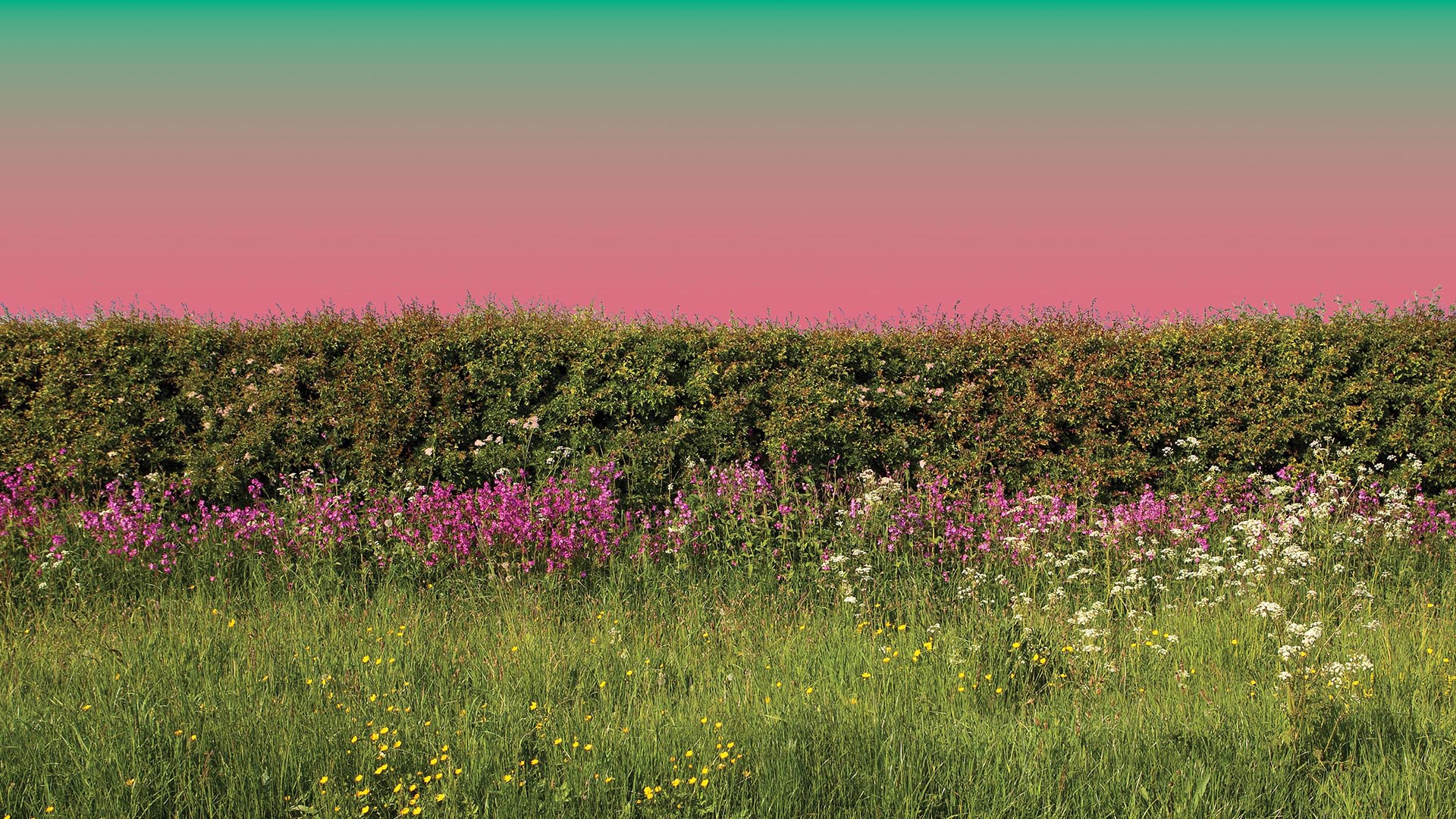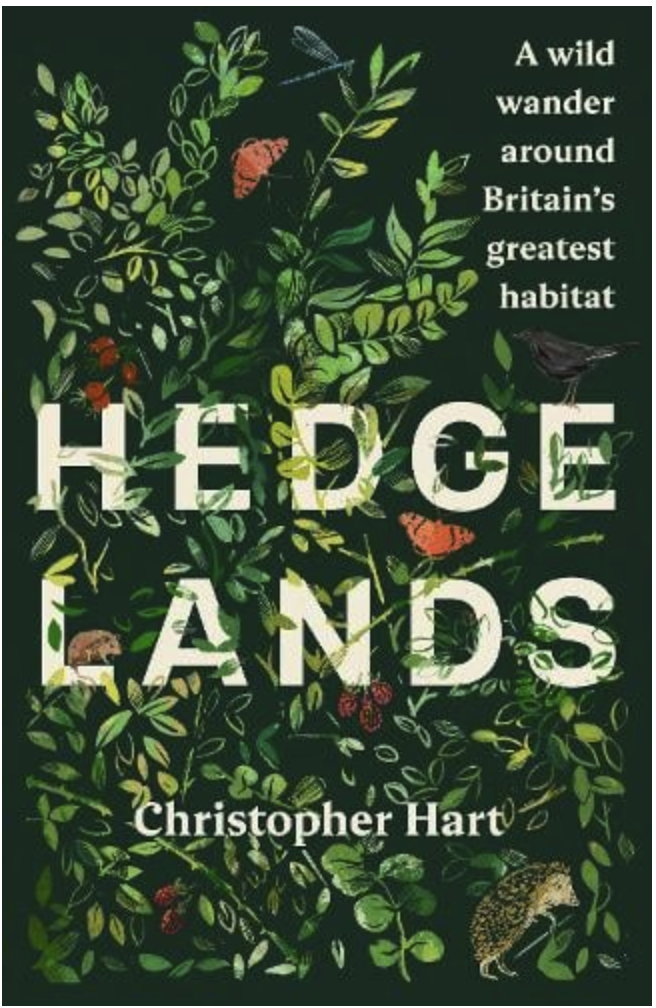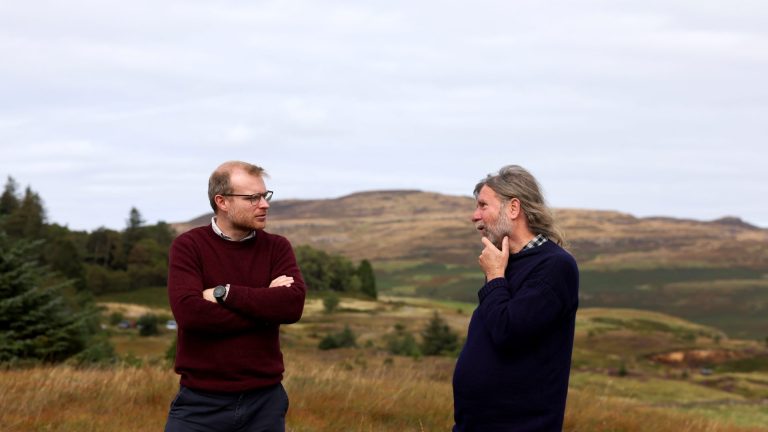The traditional British hedge is the greatest edge habitat on earth. It is a green food bank, a windbreak, a stock fence, a flood defence system, an immense storage unit for excess carbon dioxide and an incomparable haven for wildlife. According to the RSPB, “hedges may support up to 80% of our woodland birds, 50% of our mammals and 30% of our butterflies”.
A hedge provides singing posts for birds, a crucial navigational aid for bats, and a cross-country route for any number of small mammals, safely hidden from predators. Hedgerow shrubs and trees, bathed in sunshine, will also produce far more fruit that in a woodland. You won’t find many juicy blackberries in the heart of a dark oak forest, no matter how many brambles might be trying to grow there. The most generous kind of hedge should include shrubs, trees and bushes, coppiced and/or cut and laid, forming a row.
Get the latest news and insight into how the Big Issue magazine is made by signing up for the Inside Big Issue newsletter
Owing to their effectiveness in containing livestock, the thorniest of our native shrubs and trees will predominate, such as blackthorn, hawthorn, dog rose and crab apple. And, again, by happy chance, these thorny species are also among the most valuable for wildlife. Hawthorns, for instance, are the equal of beech or sweet chestnut for providing fruit and seeds, while their leaf litter – an often-overlooked micro-environment – is rivalled in importance only by the ash. A unique double.
Hedges are far more than quaint relics of the old-fashioned countryside. They form an unbroken line back through history, quite literally in some cases, to the native scrub of our ancient landscape. The celebrated Judith’s Hedge in Cambridgeshire, for instance, is at least 900 years old – older than either Windsor Castle or Westminster Abbey, first sprouting at about the time the Crusaders were capturing Tyre.
At the same time, carefully nurtured hedgerows hold out a promise for the future as few other features of our landscape do. In a time of increasing food scarcity and supply-chain disruptions, a richly flourishing hedgerow can offer an abundance of free wild food, from greens in the spring to fruit and nuts in the autumn, as well as measurably increasing yields in the field it protects.











